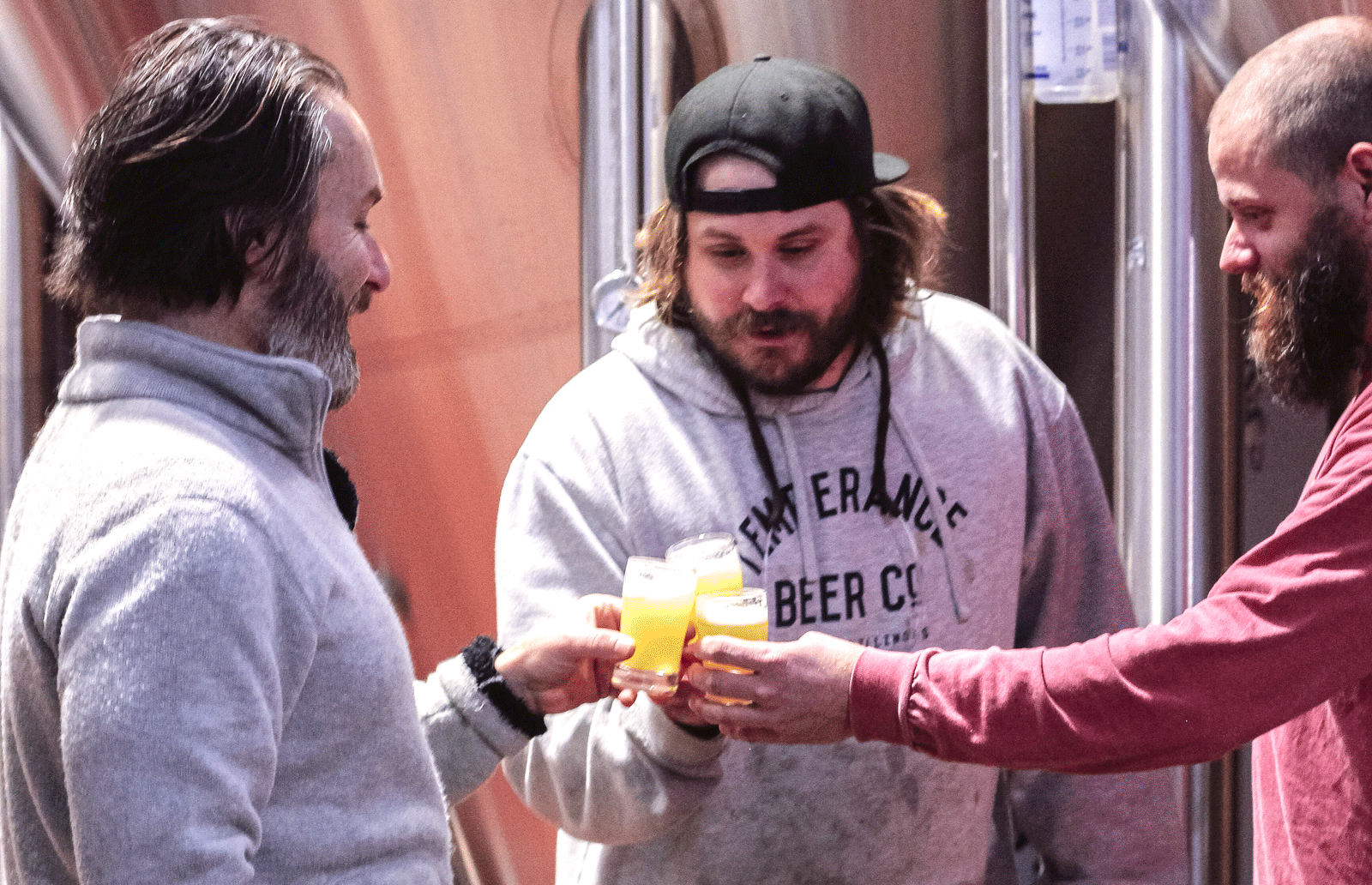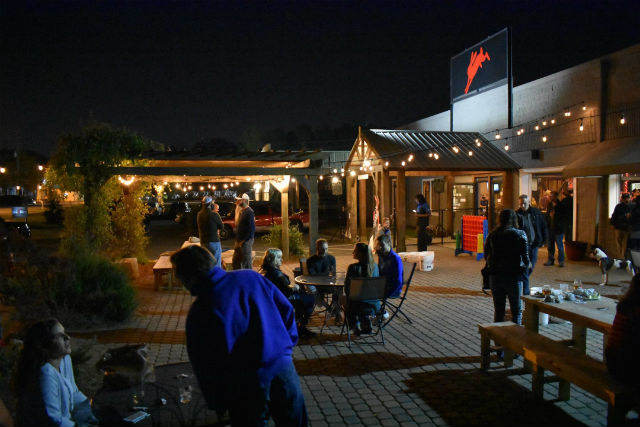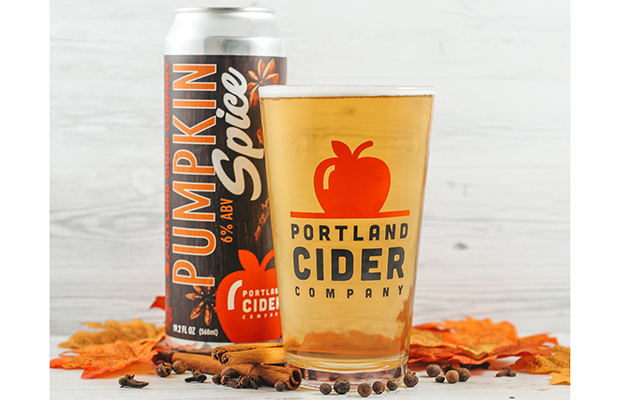
Perhaps this was the year your brewery added a NA beer option or touted some sort of Dry January beverage.
For Temperance Beer, instead of buying a NA product that wasn’t theirs or investing a lot of money toward making a packaged product to sell, the Evanston, Illinois brewery went a different direction. They leaned on science.
“I was just so thrilled that there was a way to do it without any extra equipment,” founder Josh Gilbert explained to Brewer in discussing the brewery’s 0.3% ABV NA offering this past month, Near Tears. “Just science.”
Using the recipe for the brewery’s IPA Karaoke Tears as a start, Head Brewer Mike VanCamp and Brewer Connor Scanlan shared insights into making the hazy and double-dry hopped NA beer.
First off, it was cost-effective because the brewery used grain they had on hand. Scanlan said it included high protein adjuncts with a lot of flaked oats, white wheat, dextrin malt, and maltodextrins in the boil.
“As we were putting the recipe together, we thought we’ll do it as a Hazy IPA,” VanCamp said. Scanlan said they actually brewed it as a beer, using SafBrew LA-01 as a yeast.
“That yeast was a little estery,” VanCamp said. “It is a Saccharomyces where it’s just been just kind of picked as a low-fermenting yeast. So it’s kind of almost Saisony.
“I guess if we had to, we would have called maybe like a hoppy Saison. It’s actually a yeast I want to play around with more. It’s interesting. We just fermented it at 68 Fahrenheit. It would be kind of fun to try fermenting at different temperatures, too, I think.”
Scanlan explained that they created two versions as an experiment starting in October for the January release, doing a cold extraction method and a hotter mash than normal.
“One was cold extraction, which is soaking the grain for a couple of hours in like 56-57 degree water, as opposed to a traditional hot mash at 150,” Scanlan said. “But you’re leaving a lot of the starches behind so it can’t be converted into sugar, where a lot of the proteins, flavor, and color will come through with cold extraction.
“We threw in maltodextrin in the boil also to make sure that it wasn’t just gonna be sparkling water. So it gives a little bit of body to it.”
The other method was really hot.
READ MORE: How Bauhaus is Making Margins in NA Beer Segment Profitable
“I think we mashed in like 175, so that’s a little too hot for the grain to also convert,” he said. “It was our first time doing this, so we didn’t know what to expect. That’s why we did both methods.”
The cold extraction worked best and was essentially non-alcoholic at 0.3% while the hot extraction ended up being nearly 4.5%.
The beer was only released in the taproom and was intended to entice consumers to still come in with friends who were not participating in Dry January, but one thing Gilbert was surprised by was the number of people that didn’t even want to be in a bar setting for the month and would instead ask for a crowler to go. The brewery quickly allowed that as well.
Another interesting aspect was how people would purchase the beer in-between regular beer purchases (ie. Damp January).
“I’ve tasted a lot more NA beers now because we made this one and talked to other people who have more experience,” Gilbert said. “This is the best one I’ve tasted. We’ve only taken anecdotal surveys and asked people ‘Would you want to keep drinking this?’ And people are like, yeah, so I think it would be something that will hopefully have, if not regularly, like frequently, and not just do it in January.”
Creating that alternate beverage is something that could increase certain segments of sales and Gilbert is now more open to the prospect of having a NA on all the time.
“You can be stubborn … and bankrupt,” he said with a laugh. “But also, I didn’t think of it as NA: we’re gonna win the lottery with this one.
“I think [the brewers] had fun, they were figuring out something totally new.”
It would be good, though, to try other styles, VanCamp said.
“I mean, yes, we can do that one again, but different would be cool because we’ve only done the technique once, so we still have a lot to learn,” he said. “There’s a million different recipe combinations. I would like to explore more styles because who’s to say we do a super rich malty one.
“It’s also fun, right. It’s why we have this job. We like to make beer and try new things. It’s fun to try new things.”




Be the first to comment